Nestled between houses in Berlin-Mitte is an enchanted place that only reveals its history when you take a closer look. This is the site of the Old Jewish Cemetery.
Actually, I only became aware of the Old Jewish Cemetery because I passed a truly extraordinary monument during my wanderings through the streets of Berlin.
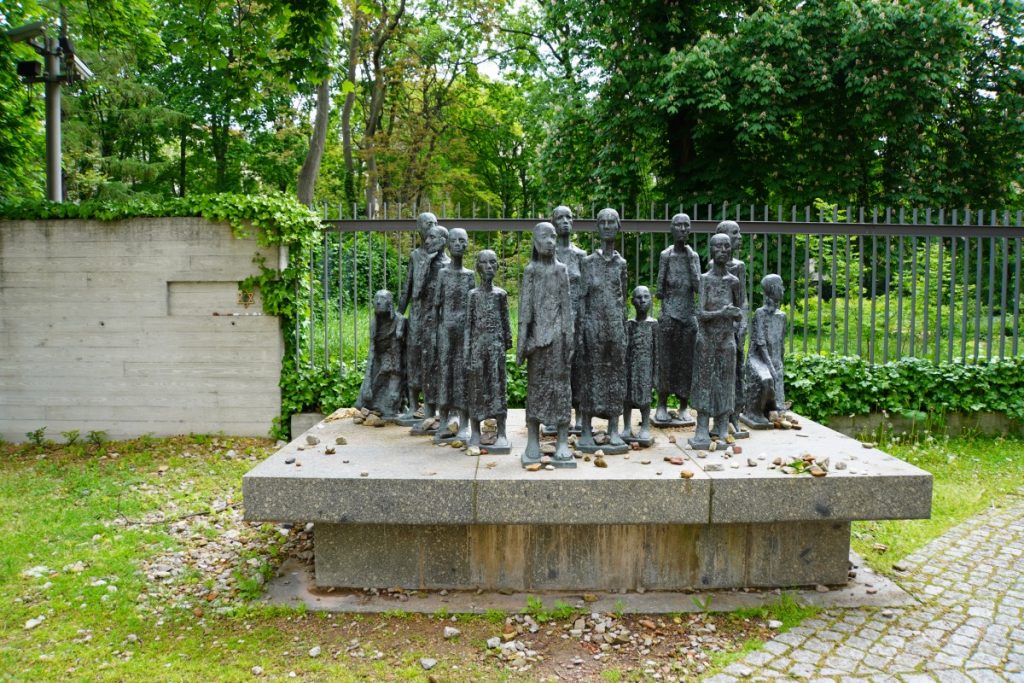
This group of figures was originally designed by Will Lammert for the Ravensbrück memorial. However, he was unable to complete it before his death in 1957. Mark Lammert later completed the work and since 1985 the impressive work of art has stood next to the entrance to the cemetery.
The origin of the cemetery
In 1671, the Great Elector allowed about 50 Jewish families expelled from Vienna to settle in Berlin. They also received permission to establish a Jewish community. Mordechai Model acquired the plot of land on today’s Große Hamburger Straße so that the community could have a cemetery. The first member of the community was buried there in May 1672. Today, the cemetery is considered the oldest Jewish cemetery in Berlin.

The Jewish community in the city grew only slowly at first and there were only a few burials on the grounds. Other Jewish communities, for example from Potsdam, were allowed to bury their dead there.
In 1794, a state hygiene regulation stipulated that corpses could no longer be buried in churches or in inhabited areas. In Berlin, the time of cemetery closures and the relocation of cemeteries outside the city began. The Jewish Cemetery was also affected by this measure from 1817 and had to find a new site for burials. The area continued to be used for another 10 years. Each burial required a separate permit from the king.

In 1827, the Jewish Cemetery closed. Over the years, thousands of Jews are said to have been buried on the 5,900 square metre site. One of the most famous among them, certainly still today, was Moses Mendelssohn. To this day, he is considered the forerunner of the Haskalah, the Jewish Enlightenment, and is also referred to by his followers as the ‘German Socrates’. The gravesite has been reconstructed several times. The gravestone today is presumably in the same place where the original once stood.
What happened to the Old Jewish Cemetery after its closure?
In 1844, a Jewish old people’s home was built at the entrance to the now former cemetery grounds. The cemetery itself remained intact due to the perpetual right of rest. The entrance was moved from Oranienburger Straße to Hamburger Straße and the 120 residents of the old people’s home initially used the grounds as a park. The nearby Jewish boys’ school used the cemetery grounds for nature lessons.
During the National Socialist era, the Secret State Police used the old people’s home as a collection camp for about 55,000 Jewish residents from about 1942. In 1943, the old people’s home and the cemetery were destroyed. A slit trench was cut through the middle of the grounds, the bones of the dead were pulled out of the ground and gravestones were destroyed.

In April 1945, mass graves were laid out on the site, in which 2,427 fallen and killed civilians from the street fighting were buried.
After the Second World War, the site was returned to the care of the Jewish community in September 1948. For a while, the grounds were used as a park. The site has been a listed building since 1974. In 2007/07, the area was redesigned to make the cemetery visible again. The installation of a water basin for the ritual washing of hands was also taken into account and prayer and information boards were installed.
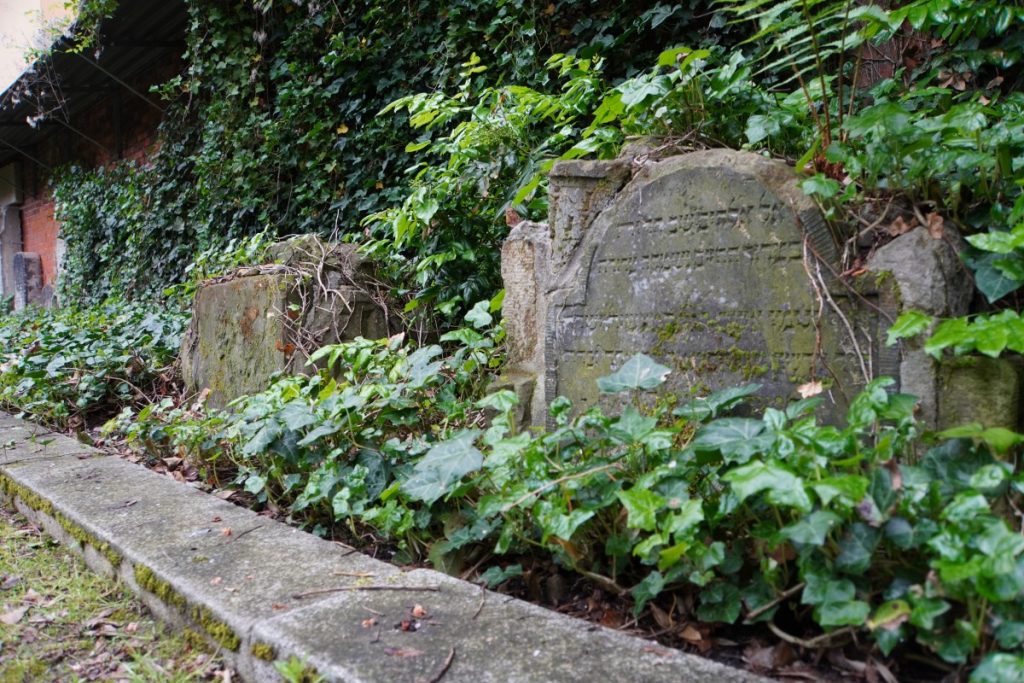
Walking through the Old Jewish Cemetery today is almost like visiting a small park. The path leads along small paths over the overgrown and “natural” looking grounds, which in my opinion are not very reminiscent of a cemetery. On the southern wall of the cemetery, there are gravestones embedded in the wall that survived the destruction of National Socialism. I find it very exciting that the inscriptions on some of the stones can still be recognised quite well. I couldn’t read the texts because of the characters, but that’s not really that important.
Address:
Große Hamburger Strasse 26,
10115 Berlin
Opening hours:
1.4.- 30.9.
weekdays: 7.30-17 h
Sunday: 8-17 h
1.10 – 31.3.
weekdays: 7.3 -16 h
Sunday: 8-16 h
On the eve of Shabbat and Jewish holidays only until 14h.
closed: Shabbat (Friday) and Jewish holidays








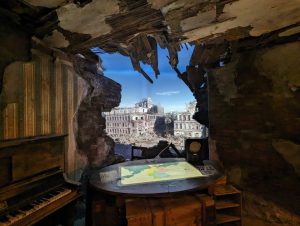






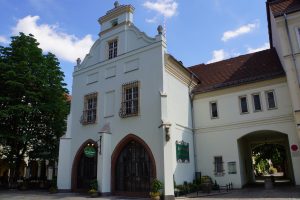

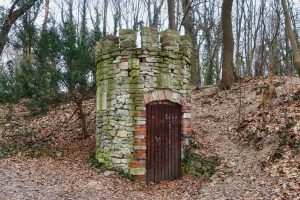
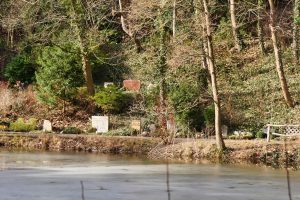
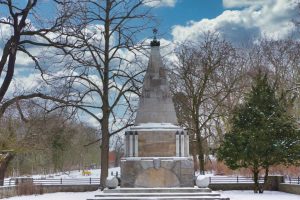










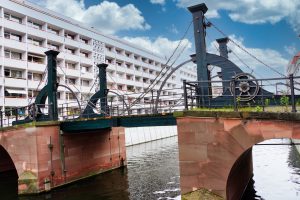
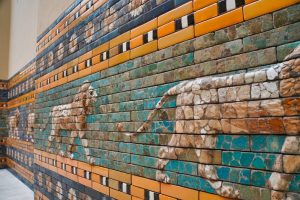



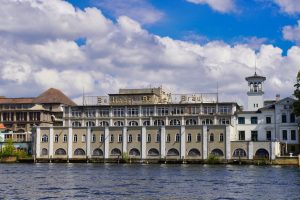









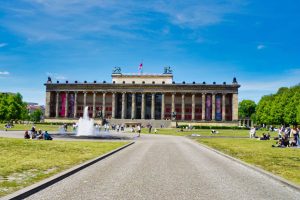





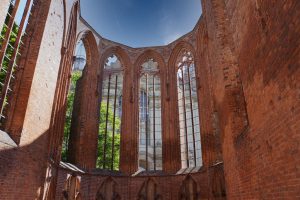

























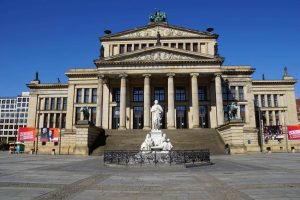







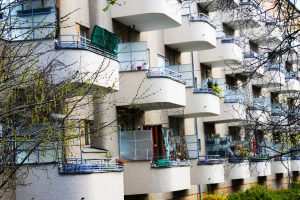









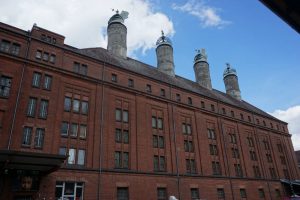





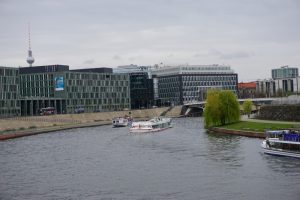









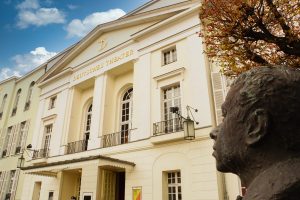


















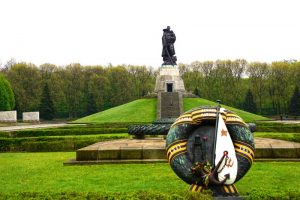














Leave a Reply